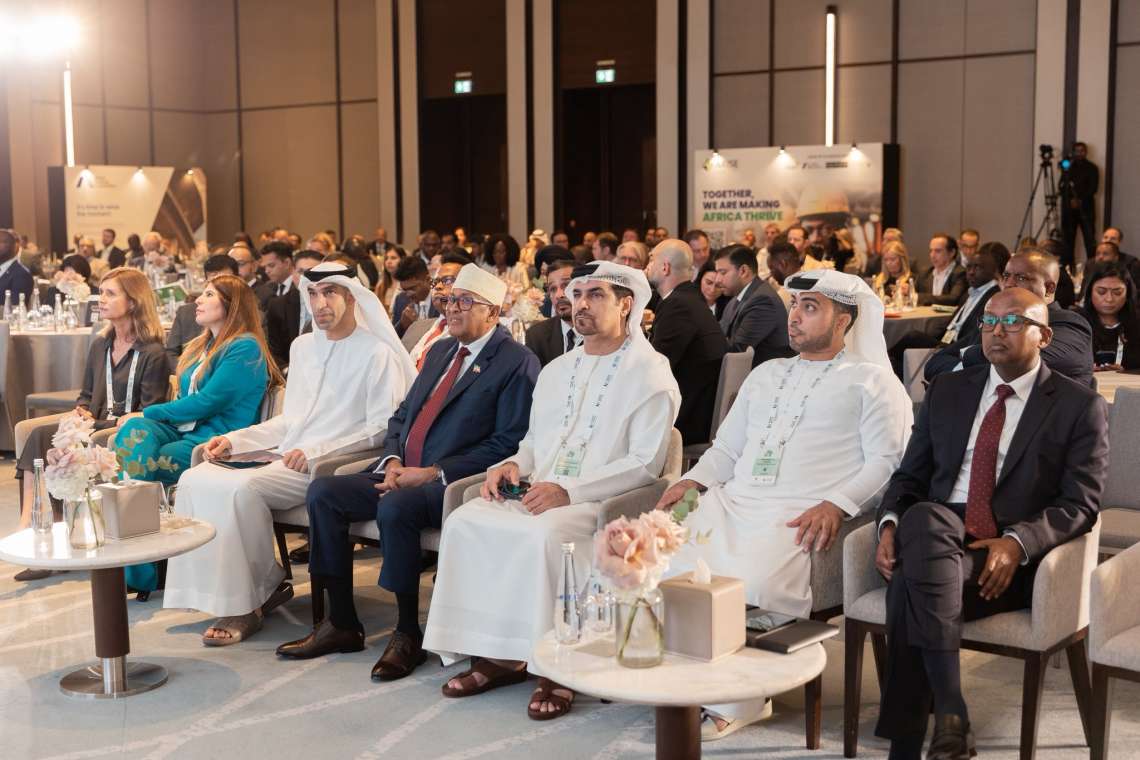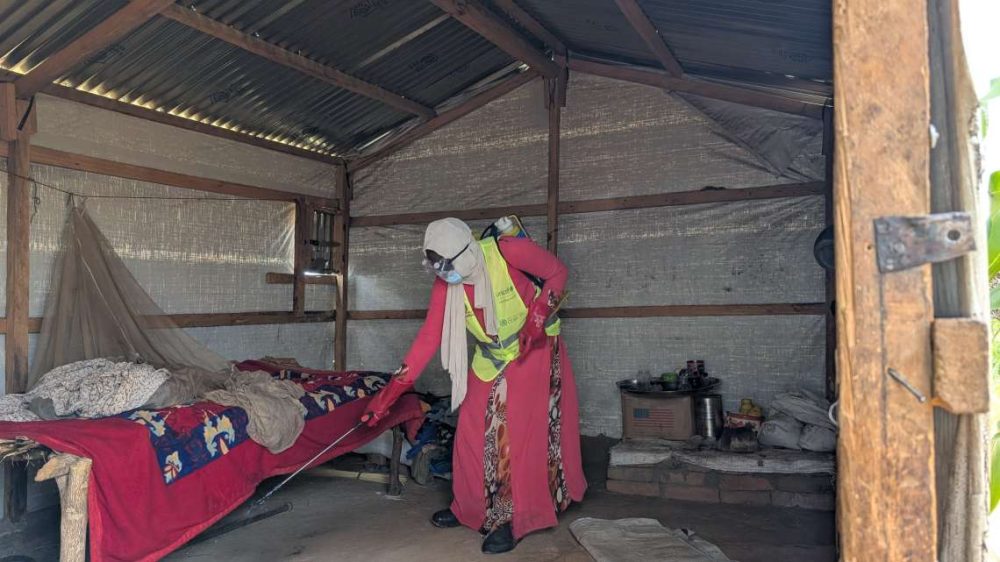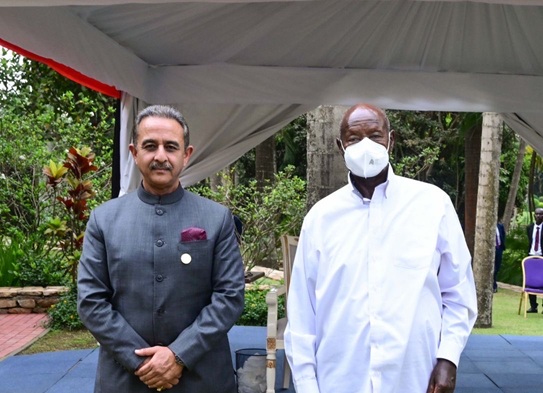UNICEF reveals staggering scale of grave violations against children in conflict. Between 2016 and 2020, average of 19 verified grave violations against children every day in West and Central Africa
Between 2005 and 2020, the United Nations verified over 266,000 grave violations against children committed by parties to conflict in more than 30 conflict situations across Africa, Asia, the Middle East and Latin America, UNICEF said in a new report.
This figure is a fraction of the violations believed to have occurred, as access and security constraints, among others, and the shame, pain, and fear that child and family survivors suffer often hamper the reporting, documentation and verification of grave violations against children in situations of armed conflict.
West and Central Africa is the region with the second highest number of verified violations since 2005 with more than 67,000 verified grave violations, accounting for a quarter of all violations globally. In the Central Sahel region (Burkina Faso, Mali and Niger), conflict and insecurity have been major drivers of population displacement, which has put children further at risk of grave violations. In these three countries, the number of verified grave violations increased by 40 per cent in the first quarter of 2022 compared with the last quarter of 2021. Hundreds of civilians, including children, have been killed in recent attacks in Burkina Faso and Mali.
The new report – 25 years of children and armed conflict: Taking action to protect children in war – found that between 2005 and 2020 in West and Central Africa more than 7,600 children have been verified as killed or maimed in situations of armed conflict; over 42,000 children have been verified as recruited and used by parties to conflict; at least 4,800 children have been verified as abducted by parties to conflict; parties to conflict have raped, forcibly married, sexually exploited, and committed other grave forms of sexual violence against at least 8,000 children. The United Nations verified more than 2,500 incidents of attacks against schools and hospitals and verified no fewer than 1,900 incidents of denial of humanitarian access for children since 2005 in West and Central Africa.
In most conflict areas in the West and Central Africa region, civilians continue to be targeted. This includes the deliberate targeting of frontline humanitarian workers who are finding it more difficult to deliver life-saving services and supplies to children in large parts of the Central Sahel and other conflict-affected areas of the region.
“Behind each of the violations detailed in the report is a child, his or her family and members of a community whose lives are torn apart, sometimes forever. We cannot remain indifferent and silent. The killing, abduction, and rape of girls and boys are horrific crimes. The increase in verified grave violations in the Central Sahel over the last quarter and their devastating impact on the wellbeing of children shows the need and importance of continuing our efforts to provide care to the victims and advocate for their immediate end. Attacks on civilians including children must be stopped and all measures for their protection, including during military operations, must be taken,” said Marie-Pierre Poirier, UNICEF Regional Director for West and Central Africa.
Based on sixteen years of data from the Secretary-General’s Annual Report on Children and Armed Conflict, the report illustrates the impact that armed conflicts have had on children, by presenting trends of grave violations across the world and over time. The report examines how information on the documented patterns of grave violations is being used to respond to children’s needs and how engagement with parties to conflict – State and non-State actors alike[2] – enables ending and preventing grave violations.
The annual number of verified violations in the world has gradually increased since 2005[3], surpassing 20,000 in a year for the first time in 2014 and reaching 26,425 in 2020. Between 2016 and 2020, the daily global average of verified grave violations stood at an alarming 71 violations. The elevated number of violations observed in recent years demonstrates the dramatic impact that armed conflict – and increasingly complex and protracted protection crises[4] – have on children.
The report notes that many children suffer from more than one violation, increasing their vulnerability. For example, abduction is often combined with or leads to other violations, particularly recruitment and use and sexual violence. Children – especially girls – who have been abducted and/or associated with parties to conflict are exposed to elevated risks of sexual violence, including rape, sexual exploitation and forced marriage.
The report found that grave violations against children were committed by States and non-State actors alike underscoring the importance of engagement with all parties to conflict, to meaningfully end and prevent violations against children.
In order to bolster accountability, parties to conflict listed in the Secretary-General’s annual report on children and armed conflict develop and implement Action Plans with specific, concrete, and time-bound actions to establish sustainable measures to protect children from the impact of conflict. Between 2005 and 2021, in West and Central Africa a total of 16 Action Plans have been signed by parties to conflict in 6 conflict situations. 14 Action Plans were signed with non-State actors, with the remaining 2 were signed with State actors. The report lays out several examples highlighting the critical value and impact of Action Plans in bringing about positive change for children, both in the immediate and long terms, as well as outlining challenges and obstacles.
The ever-growing number of armed non-State actors, the development and employment of new means and methods of warfare, the use of improvised explosive devices and other explosive weapons, particularly in populated areas, are just some of the many factors contributing to the creation of unprecedented challenges for the protection of children in situations of armed conflict.
ALSO READ:FAO appeals for $172mn to avert humanitarian catastrophe in Horn of Africa
It is important to note that the increase in verified violations over time also underscores the increasing strength of the monitoring and reporting mechanism over the years. The development of guidance on monitoring and reporting, the training and capacity building of UN and its partners’ staff on documenting grave violations, and the awareness raising of families and communities on the protection risks for children, have all contributed to strengthen the mechanism and enabled it to collect increased information on grave violations against children.
Whilst the overall ability of the United Nations to document and verify incidents of grave violations has increased over time, it has fluctuated from one year to another, from one situation to another, and from one violation to another. In this regard, and based on all of the above, direct comparisons between situations, years, or violations should be undertaken with caution.
“Major humanitarian crises continue to unfold across West and Central Africa. The situation in Cameroon, the Central African Republic and the Democratic Republic of Congo, and multi-country emergencies, including crises in the Central Sahel and the Lake Chad Basin region, are having devastating consequences on children and communities. Beyond the consequences for the victims, grave violations of children’s rights are often accompanied by massive population displacements that increase the vulnerability of thousands of people and expose more children to other risks of violence,” said Ms. Poirier.











